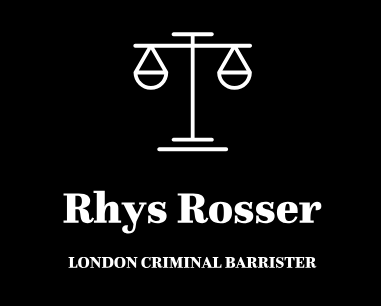Restraint Orders - Challenges and Variations
A restraint order is an order put in place to restrain funds or assets. It can be applied for either by a prosecutor or an accredited financial investigator. An application for a restraint order may be made in the absence of the parties impacted by the order.
A restraint order can be granted if any of the following conditions are satisfied (Section 40):
A criminal investigation has been started and there are reasonable grounds to suspect an individual has benefited from their criminal conduct;
Proceedings for an offence have been started in England and Wales and not concluded, and there is reasonable cause to believe that the defendant has benefited from their criminal conduct;
An application has been made pursuant to the Act and not concluded or the Court believes such an application is going to be made.
If any condition set out in section 40 is satisfied the Crown Court may make an order (a restraint order) prohibiting any specified person from dealing with any realisable property held by him.
As such, it is ultimately a matter for the discretion of the Crown Court. A restraint order may be made both against the defendant or person under investigation, and any other person holding realisable property.
The Order can be made in respect of all property held by an individual or it can be limited to specific assets listed in the Order.
Disclosure of Information
When an application is made for a restraint order, there is a duty of candour on the part of the Applicant. It was confirmed in In Re Stanford International Bank Ltd; Janvey v Wastell; Serious Fraud Office v Wastell [2010] EWCA Civ 137 that this duty must be fully understood and complied with. It was held that the application should ask themselves what they would be saying if they were opposing the application and to tell the Judge that.
This approach has subsequently been extended to there being an expectation that there is signed confirmation that a duty of candour has been complied with.
Applying to Vary the Order
An application to vary or discharge a restraint order may be made by the person who applied for the order and any person affected by the order (s.42(3)). As per Section 42 (5), the Court may vary or discharge the order. An exception cannot be made for legal expenses in relation to the actual offence in respect of which the Restraint Order is made (s41(4)(a)).
The Risk of Dissipation
An application for a restraint order should only be made where there is a reasonable risk that realisable property may be dissipated. The court needs to consider the impact personally or commercially on the defendant or any third parties prior to making a restraint order, and must ensure that the order is proportionate in relation to protecting the public interest.
It was held in R v B [2008] EWCA Crim 1374 that a judge is required to be satisfied that the risk must be real, rather than fanciful, that if the order is not made the assets in respect of which the order is requested are liable to be dissipated. Whilst a delay in obtaining on order is not a bar to an application, if there is evidence of non-dissipation it is for the prosecution and the judge to explain how it could be said that there was a real risk that he would dissipate assets when he had had every opportunity to do so in the past.
Proportionality and Discretion
The authority of R v Waya [2012] UKSC 51 requires the court to make a confiscation order that is not disproportionate; this is not to be equated with a general discretion vested in the court nor a general provision to avoid hardship or injustice (as per R v Morrison [2019] EWCA Crim 351. The word “disproportionate” means that a confiscation order must be proportionate to the achievement of the statutory aim which is to recover the financial benefit that the offender has obtained from the conduct.
The Court’s discretion should be directed at preserving the value of realisable property for the purpose of satisfying a confiscation order in the event the Defendant is convicted (Archbold 5B-101).
In R v Windsor [2011] EWCA Crim 143; [2011] 2 Cr. App. R. 7, it was said that judges asked to exercise their discretion to make restraint and receivership orders should bear in mind the draconian consequences of such orders, albeit of course applying the legislation
Fill in the Below to Contact Rhys and to obtain legal advice










